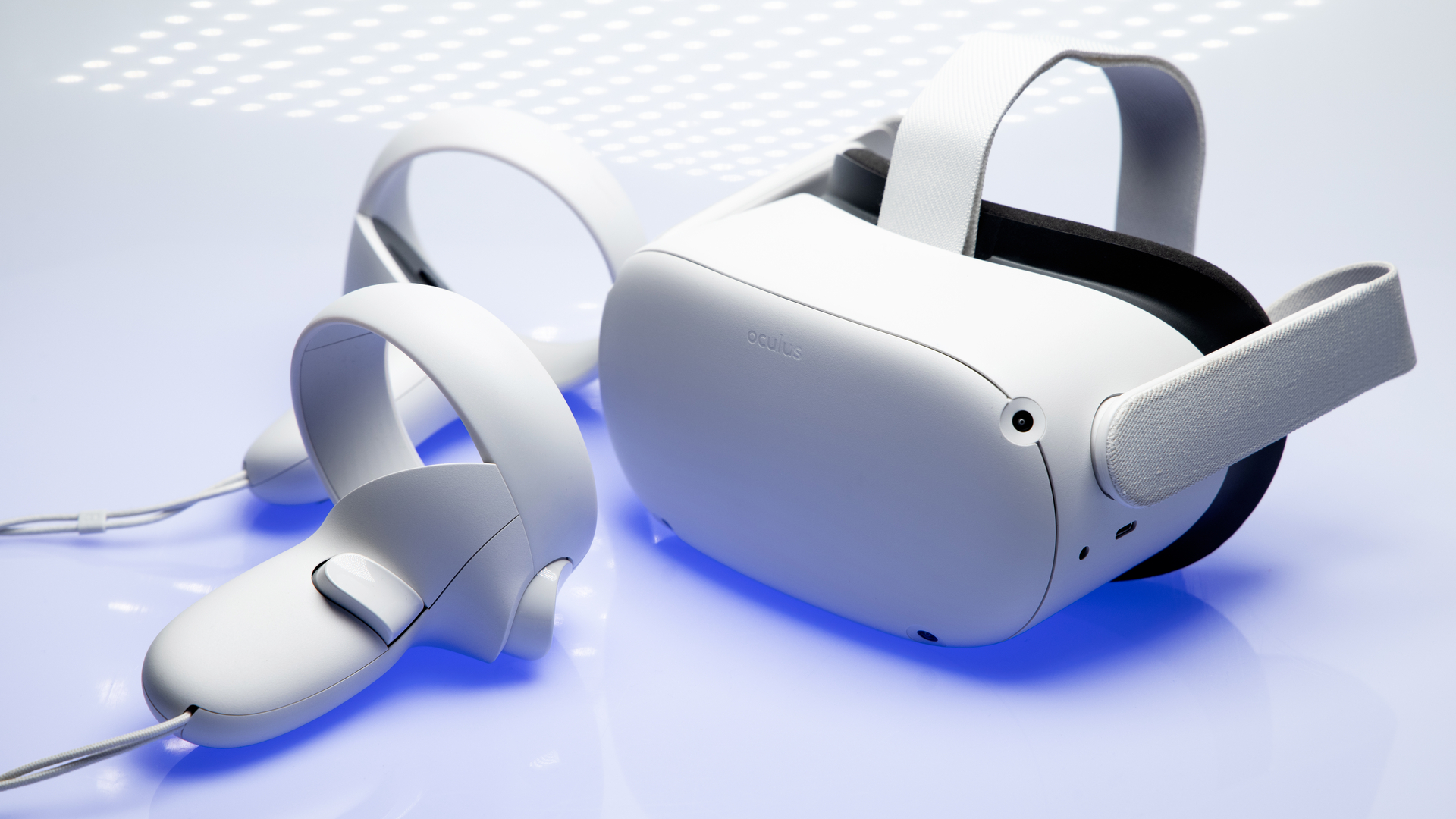Meta Quest 2 can't support full-body tracking - but Project Cambria might
Is full-body tracking coming to Meta's next-gen VR headset?

Full-body tracking won’t be coming to the Meta Quest 2 anytime soon according to a statement from the vice president of Meta Reality Labs, Andrew Bosworth.
In a recent Q&A Bosworth hosted through Instagram (via RoadToVR), he explained that the Quest 2’s design isn’t suited for tracking someone’s legs and feet.
“Body tracking is super tricky because the camera that’s on your face - it can’t see your legs very well,” Bosworth explained, adding that as Meta tries to make the headset’s form factor smaller, “It gets even worse, [the cameras] can’t even see past your cheek sometimes to your upper body.”
Bosworth later explained that the Quest 2’s hand and head tracking data can be extrapolated to accurately determine where a person’s torso and arms are; however, the same isn’t true for legs and feet.
Analysis: Is body tracking coming to Project Cambria?
These remarks seem to contradict a leak from earlier this month that suggested full-body tracking support had been added to Meta’s Software Development Kit (SDK). However, Bosworth referenced this leak in his Q&A calling it “a little premature… but [full body tracking]’s something that we’re always looking at and have in mind for sure.”
As a result, while it seems unlikely that the feature is coming to the Quest 2, Bosworth’s statements lead us to believe the upcoming Project Cambria headset could be the device to take advantage of full-body tracking instead.
That’s because, as Bosworth explained, the main issue is hardware. The Quest 2 and its accessories aren’t built to accommodate full-body tracking. If Meta did want to implement this feature, Bosworth believes Meta would have to forgo its inside-out tracking method and borrow cues from headsets that use outside-in tracking.
Sign up for breaking news, reviews, opinion, top tech deals, and more.
Essentially, rather than having the headset do all the work, it’d need to rely on external cameras to help track users’ movements.

For the Quest 2, a device that has thrived on being cheap and simple to use, adding external cameras into the mix could bring the headset’s incredible popularity growth to a halt.
However, a new headset like Project Cambria - that Meta has already explained is aimed at experienced users who are willing to pay extra for a high-end VR performance that its Quest devices can’t deliver - could more easily work external camera towers into its design.
Given that the device is expected to launch this year, that would also explain why Meta’s VR SDK has been updated with full-body tracking - what’s the point of launching hardware with awesome new capabilities if there’s no software to take advantage of it?
Unfortunately, for those of you on a budget, we don’t anticipate that the Quest 3 will include the same kind of tracking - unless Meta releases expensive add-on accessories - but it could surprise us.
For now, we’ll have to wait and see what Meta announces when it finally unveils the full capabilities of its Project Cambria headset. However, we wouldn’t be surprised to see fully-tracked VR avatars as one of its main selling points.
- Check out: the cheapest Oculus Quest 2 price and deals in February 2022

Hamish is a Senior Staff Writer for TechRadar and you’ll see his name appearing on articles across nearly every topic on the site from smart home deals to speaker reviews to graphics card news and everything in between. He uses his broad range of knowledge to help explain the latest gadgets and if they’re a must-buy or a fad fueled by hype. Though his specialty is writing about everything going on in the world of virtual reality and augmented reality.